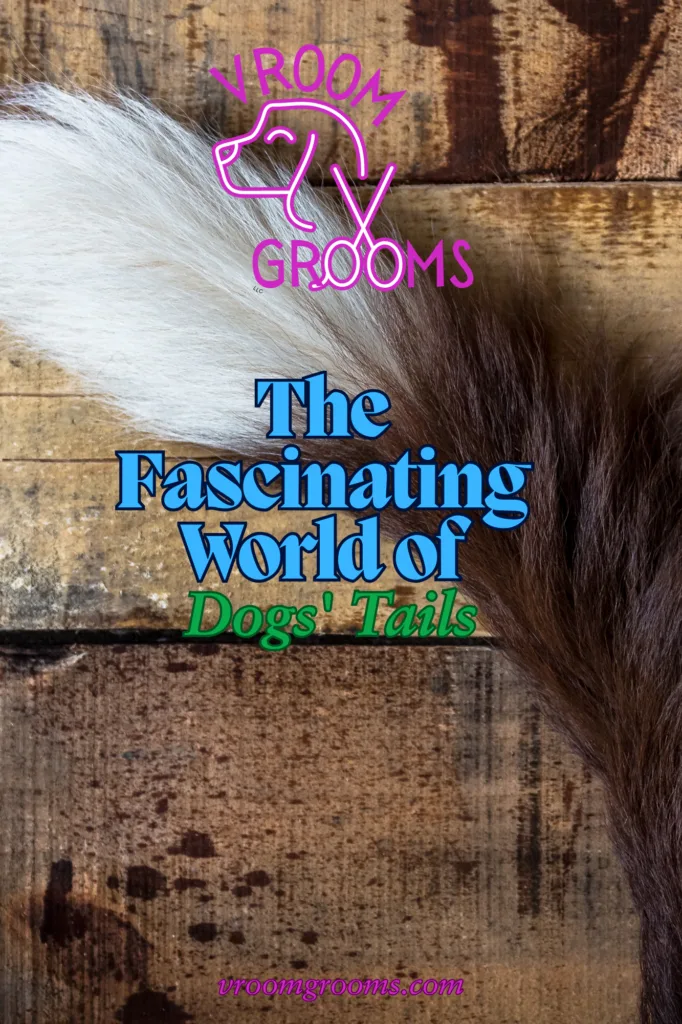Dogs’ tails are more than just adorable appendages that wag when they’re happy. They play a crucial role in communication, balance, and even health. Let’s dive into the fascinating world of dogs’ tails and explore their various functions and meanings.
Communication
One of the primary functions of a dog’s tail is communication. Dogs use their tails to express a wide range of emotions and intentions. Here are some common tail positions and what they typically signify:
- Wagging Tail: A wagging tail usually indicates happiness and excitement. However, the speed and direction of the wag can convey different messages. A slow wag might mean the dog is unsure, while a fast wag often shows enthusiasm.
- Tail Held High: When a dog holds its tail high, it often signifies confidence and alertness. This position can also indicate dominance.
- Tail Tucked Between Legs: A tail tucked between the legs is a sign of fear, anxiety, or submission. It’s a way for the dog to make itself appear smaller and less threatening.
- Tail Held Low: A tail held low but not tucked can indicate relaxation or neutrality. The dog is calm and not feeling threatened or overly excited.
Balance and Movement
Dogs’ tails also play a vital role in their balance and movement. When a dog runs or makes sharp turns, the tail acts as a counterbalance, helping them maintain stability. This is especially important for breeds that are known for their agility and speed, such as Greyhounds and Border Collies.
Health Indicators
The condition of a dog’s tail can also provide insights into their health. For example, a dog that suddenly stops wagging its tail or holds it in an unusual position might be experiencing pain or discomfort. Conditions like “limber tail syndrome” or “cold tail” can cause temporary paralysis or pain in the tail, often due to overexertion or exposure to cold water.
Tail Types and Breeds
Different breeds have different types of tails, each with its unique characteristics:
- Curly Tails: Breeds like Pugs and Shiba Inus have curly tails that curl over their backs. These tails are often a breed standard and add to the dog’s distinctive appearance.
- Docked Tails: Some breeds, such as Boxers and Doberman Pinschers, traditionally have their tails docked for various reasons, including historical working purposes or breed standards.
- Feathered Tails: Breeds like Golden Retrievers and Irish Setters have long, feathered tails that are both beautiful and functional, helping them in activities like swimming.
Conclusion
Dogs’ tails are remarkable features that serve multiple purposes, from communication and balance to health indicators. Understanding the nuances of tail language can help dog owners better interpret their pets’ emotions and needs, leading to a stronger bond and a happier, healthier dog.

